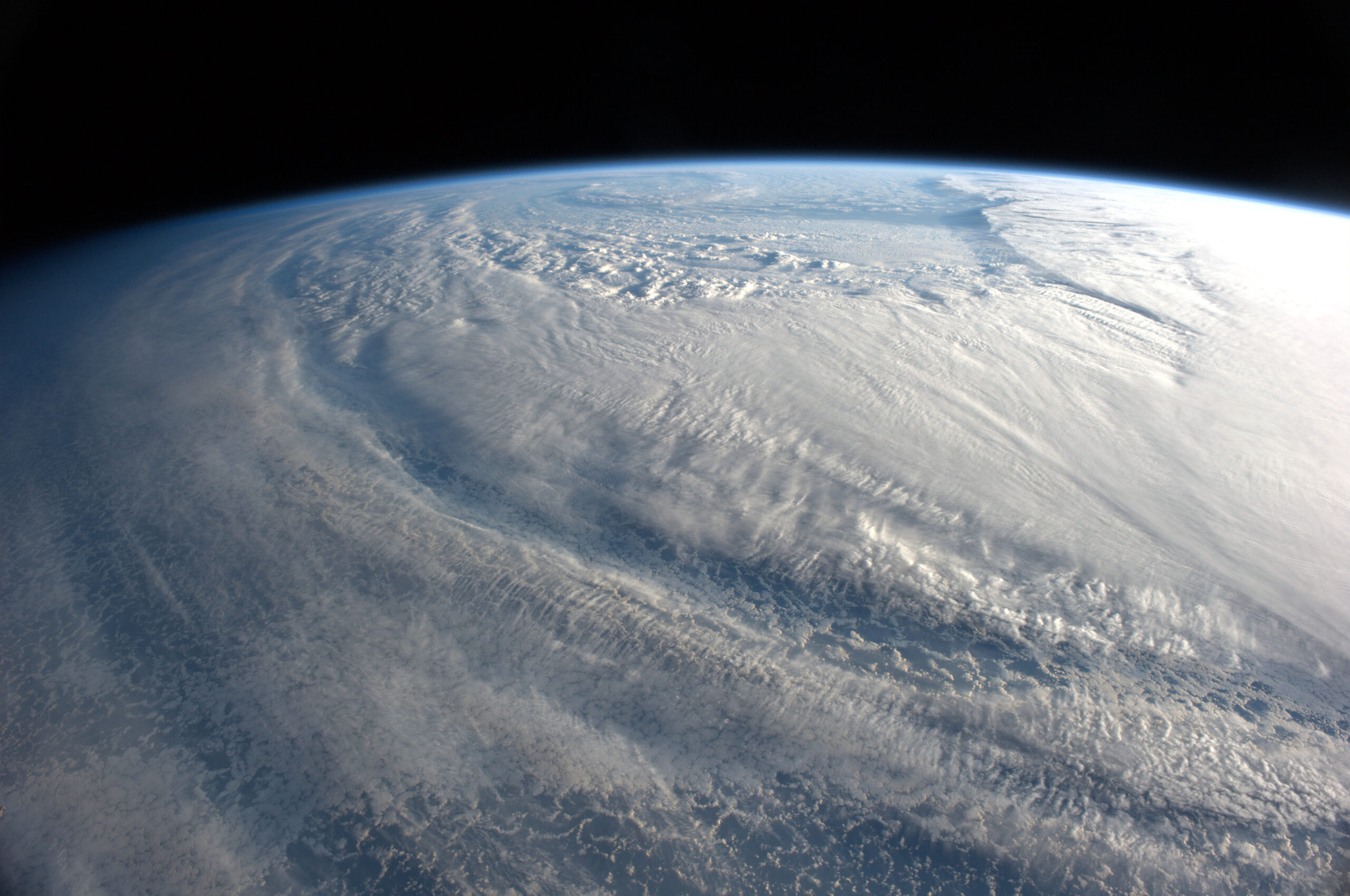As ISSI welcomes four new Discipline Scientists in the coming months, we’re excited to introduce Rosita Kokotanekova, Martin Mlynczak, Marta Marcos, and Siyi Xu. These distinguished researchers bring expertise in planetary, atmospheric, oceanic, and exoplanetary sciences, furthering ISSI’s mission to foster international collaboration in and across the space sciences.
The Earth’s atmosphere and ocean are in the focus of Professor Weiqing Han, who is affiliated with the University of Colorado and a former ‘Johannes Geiss Fellow’ at ISSI Bern. Her focus is predominantly on the dynamics of our evolving climate across intra-seasonal to decadal time frames. Important facets of her work encompass ocean dynamics, regional sea-level fluctuations, climate variability, and the intricate interplay between the atmosphere and the ocean. Below, Professor Han provides a synopsis of her latest publications arising from her time as an ISSI fellow.
The dynamic connections between space weather and weather in Earth’s lower atmosphere was the target of last week’s ISSI workshop. This gathering, between leading experts in space, Earth observation and atmospheric science, delved into the intricate physical interplay shaping our planet’s weather and climate.
This workshop will focus on the economics and governance of commercialisation in outer space. It will look at the applicability of economic concepts, the concepts of international economic law, and the concepts of economic governance to space-based commerce.
The observation by NASA’s Parker Solar Probe mission of very strong magnetic field fluctuations in the inner heliosphere, leading to strong deflections locally reversing the direction of the field itself, called switchbacks, has attracted considerable attention from the heliophysics and space physics communities.
Giant planets and brown dwarfs at an orbital separation great than 5 AU are important puzzle pieces needed for constraining the uncertainties that exist in giant planet formation and evolutionary models that are plagued by a lack of observational constraints. In order to observationally probe this mass-separation parameter space, direct imaging is necessary but faces the difficulty of low detection efficiency. To utilize the power of direct imaging, pre-selecting companion candidates with long-period radial velocities, coupled with astrometry from Hipparcos and Gaia, provide a powerful tool to hunt for the most promising candidates for direct imaging. Not only does this increase the detection efficiency, but this wealth of information removes the degeneracy of unknown orbital parameters, leading to derived dynamical masses which can serve as benchmark objects to test models of formation and evolution. With the recently launched JWST, as well as upcoming facilities like the ELT and the Nancy Grace Roman Space Telescope, observing time is valuable and the strategy of direct imaging needs to be re-defined to pre-select targets and characterize the companions that we do discover.
